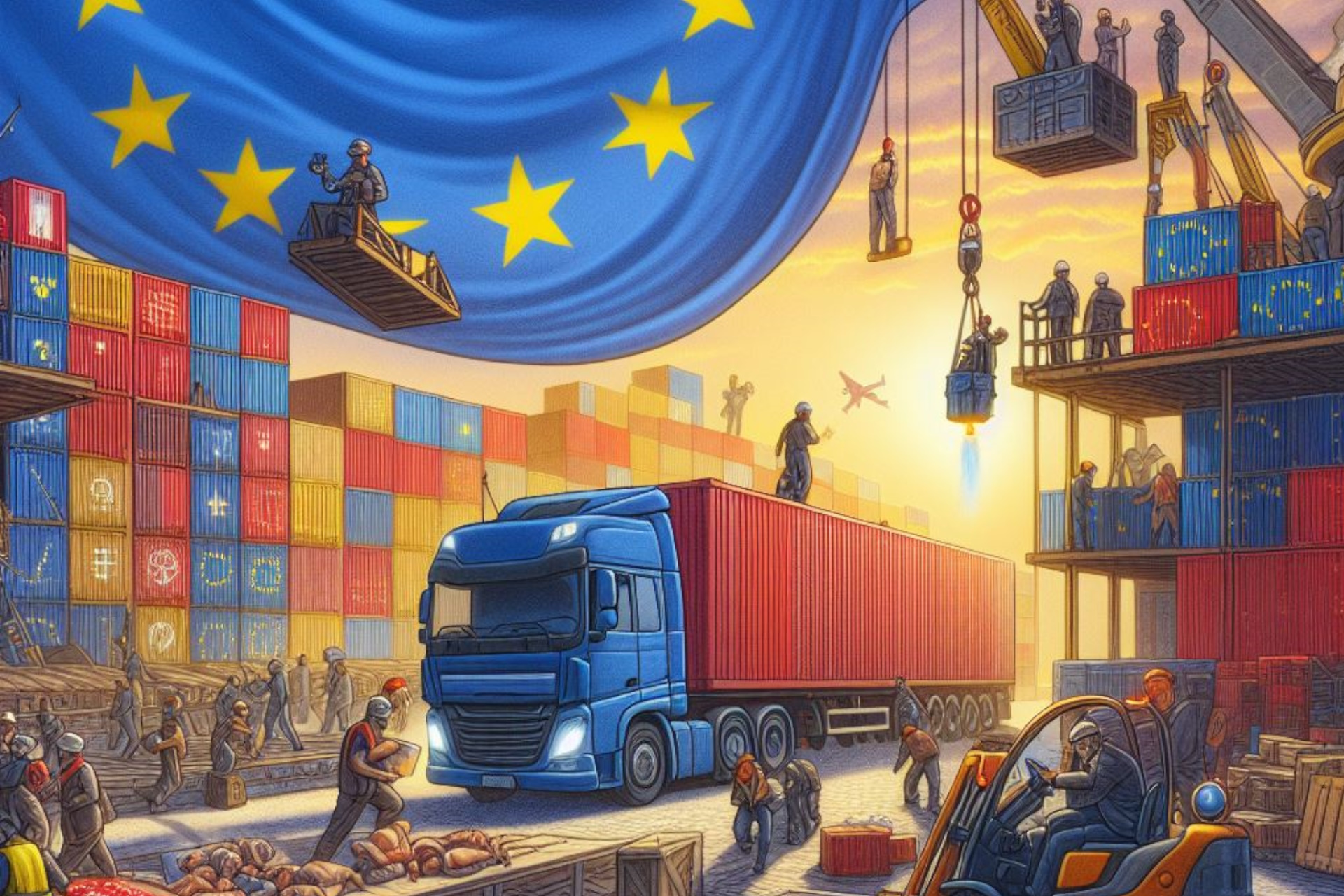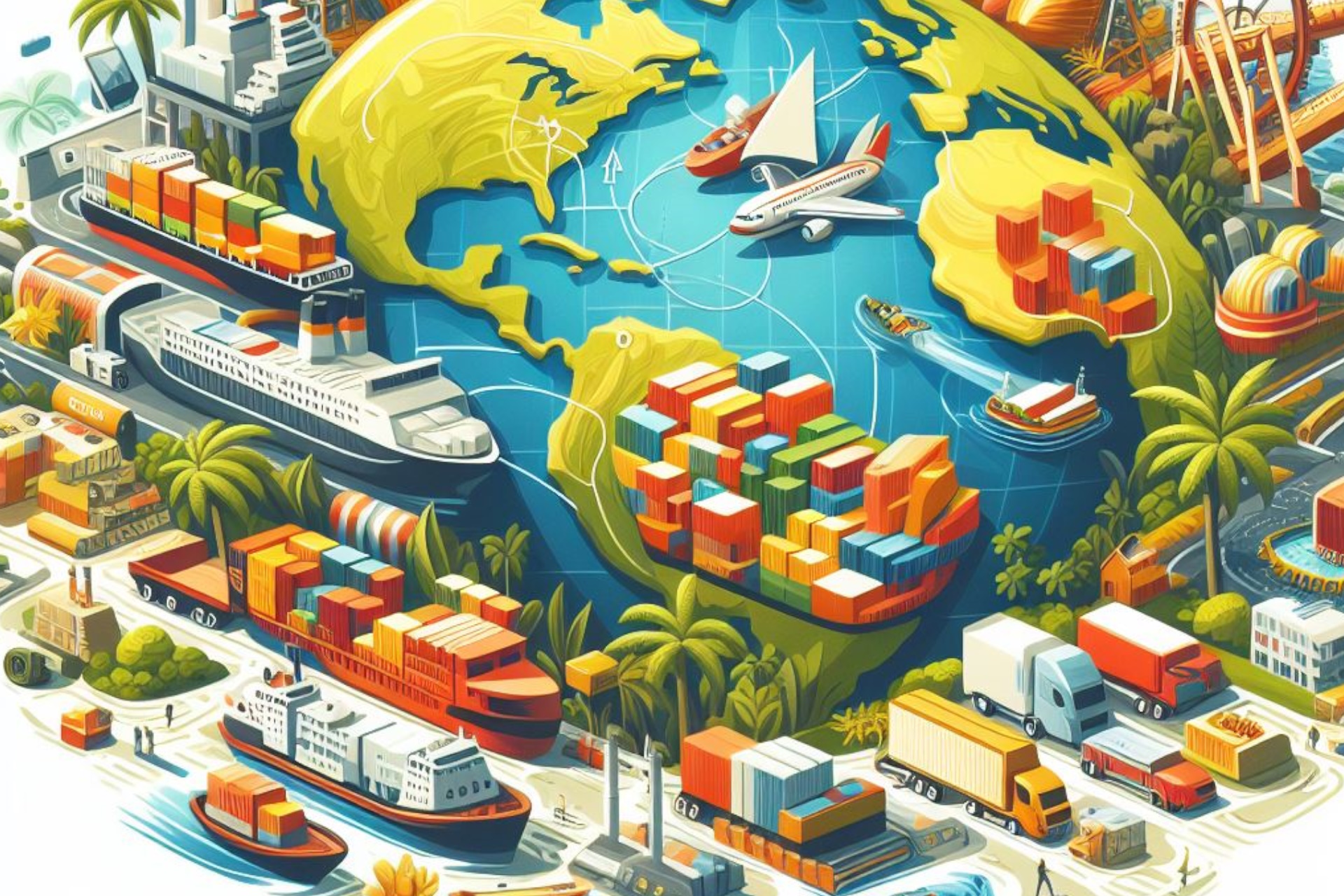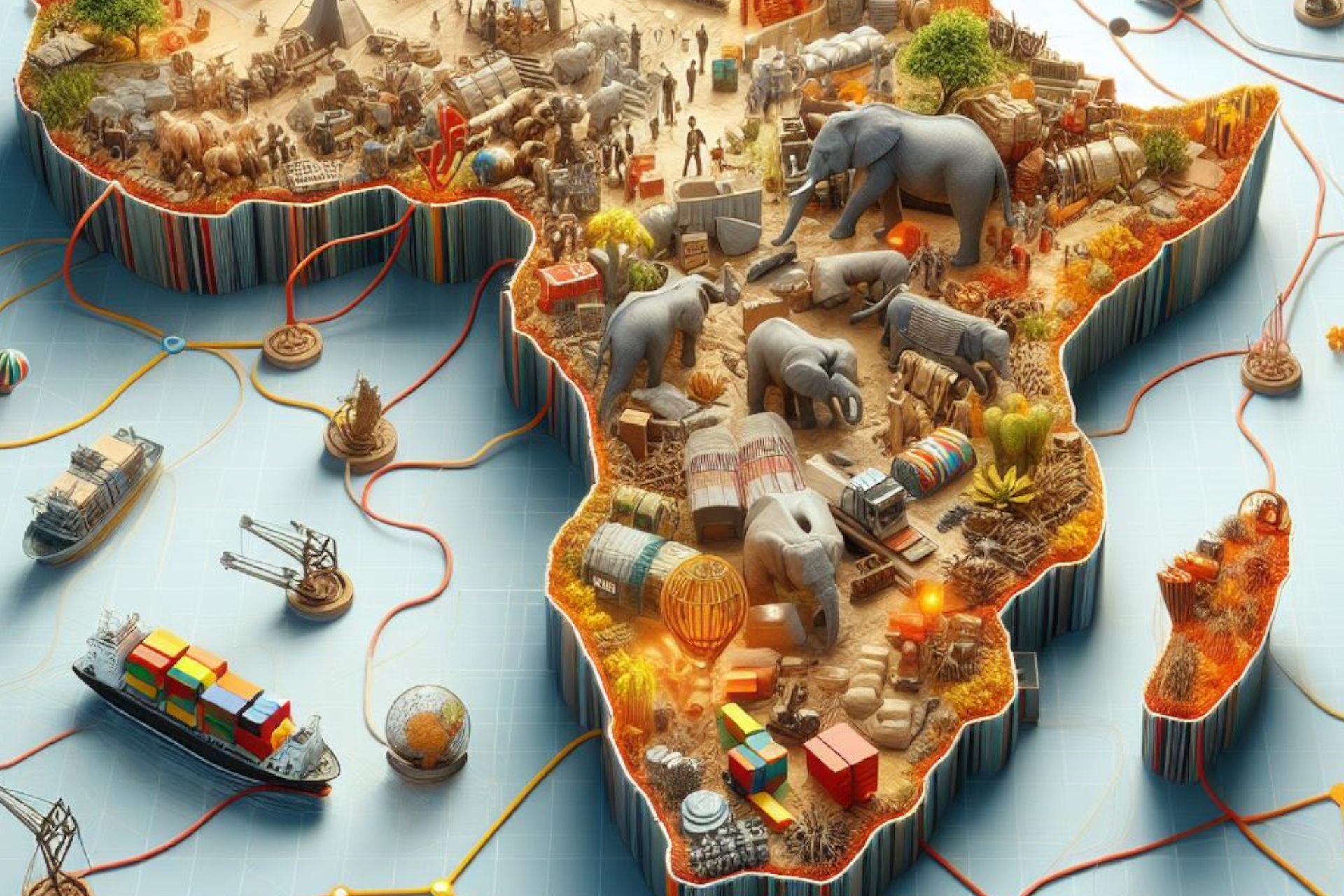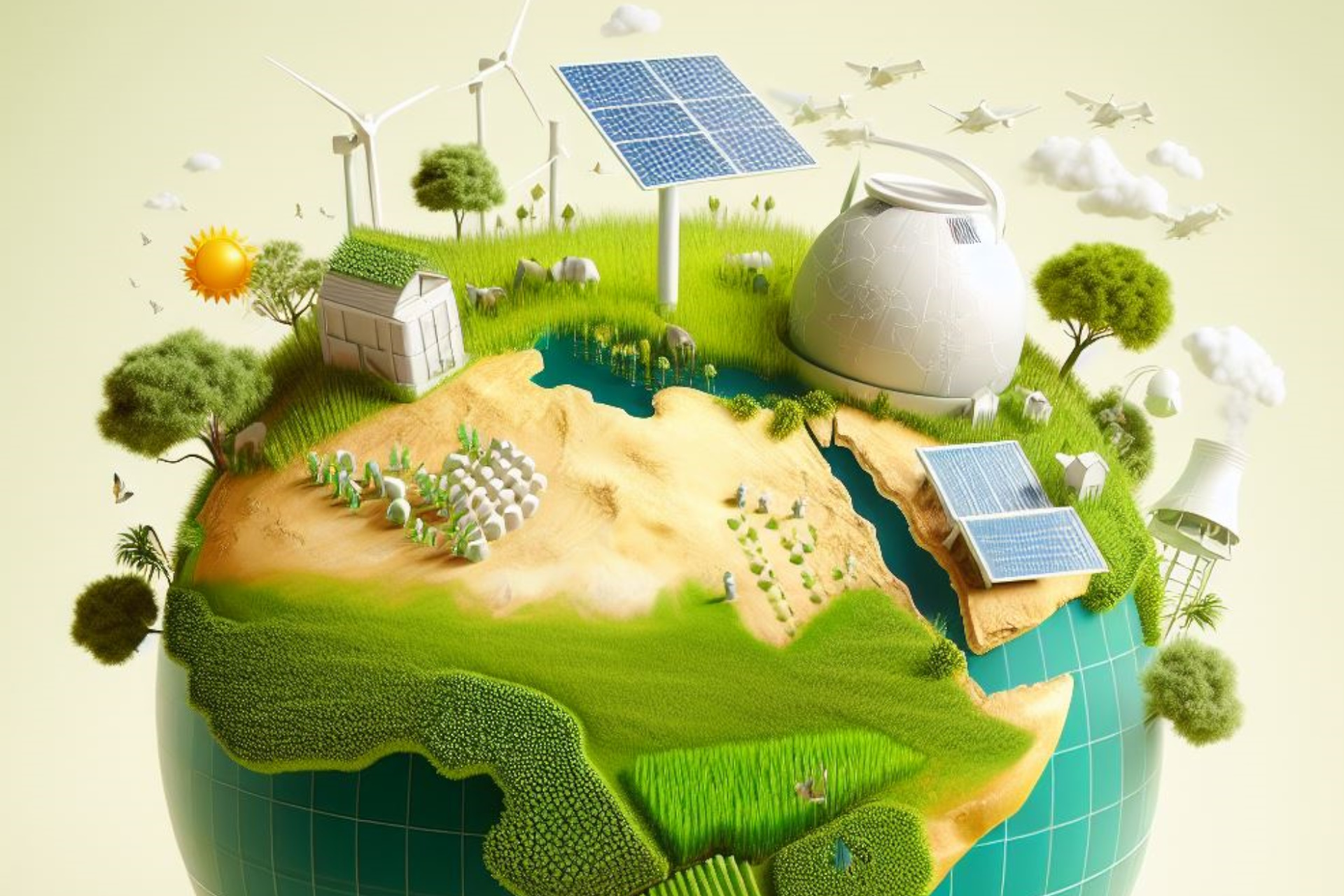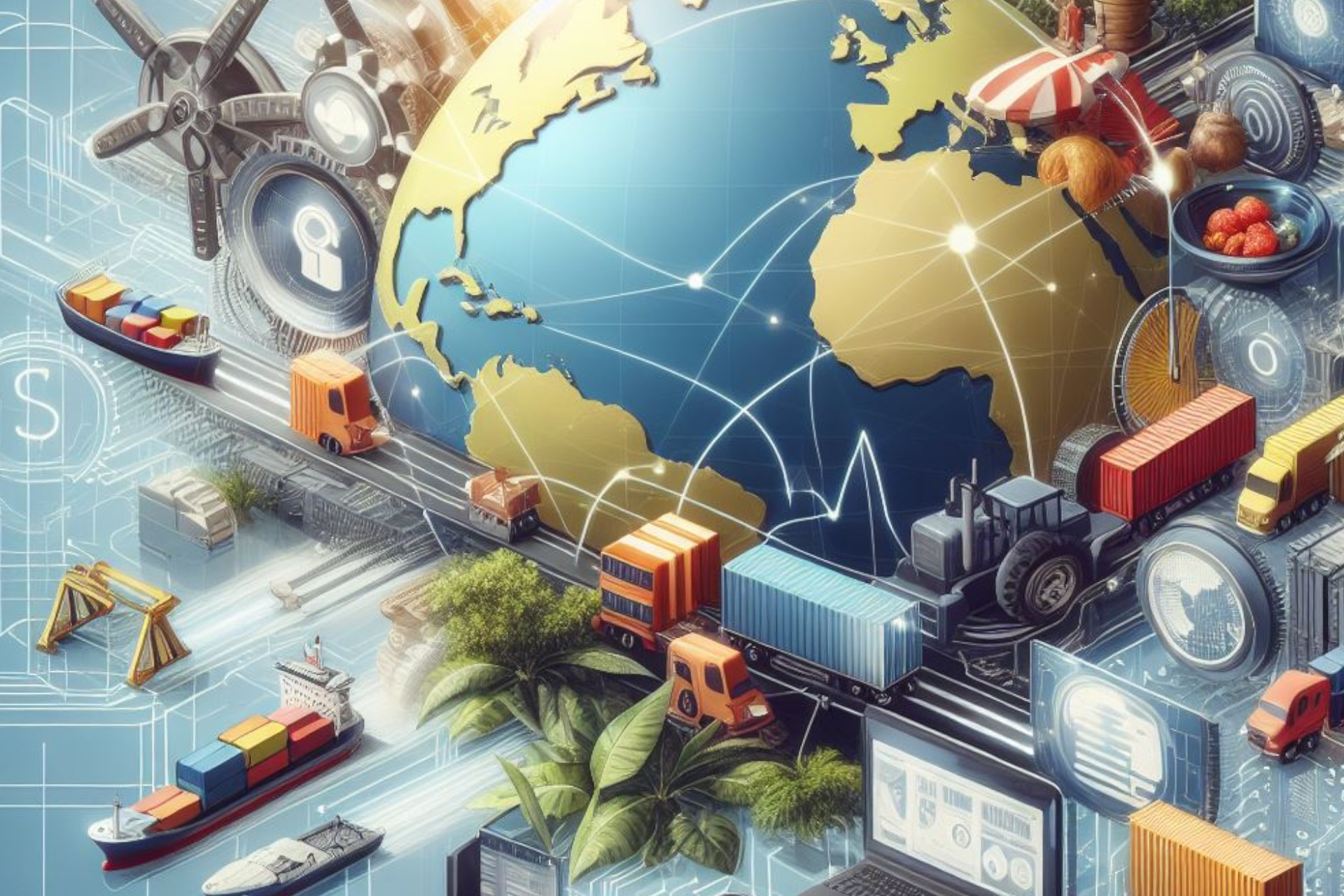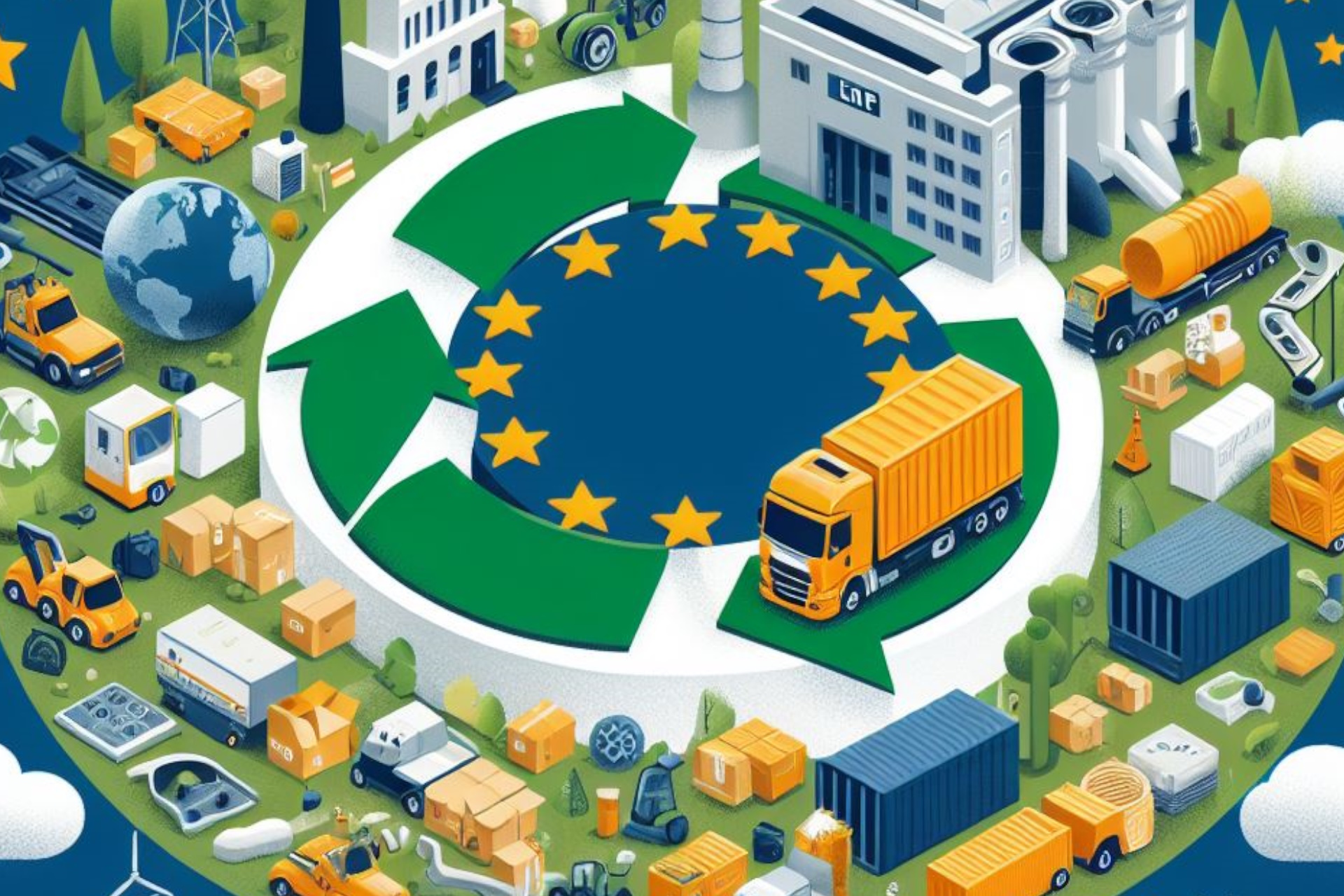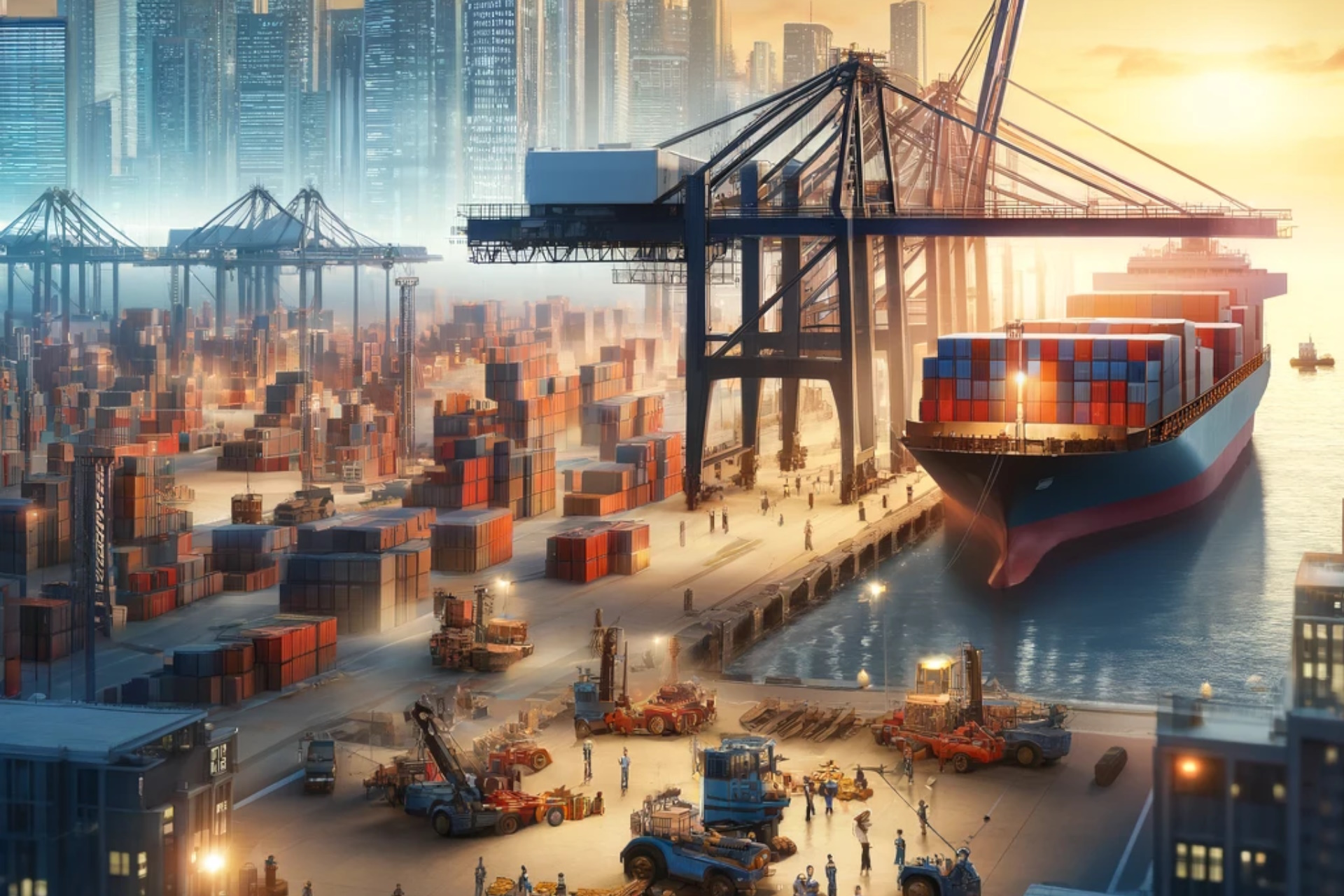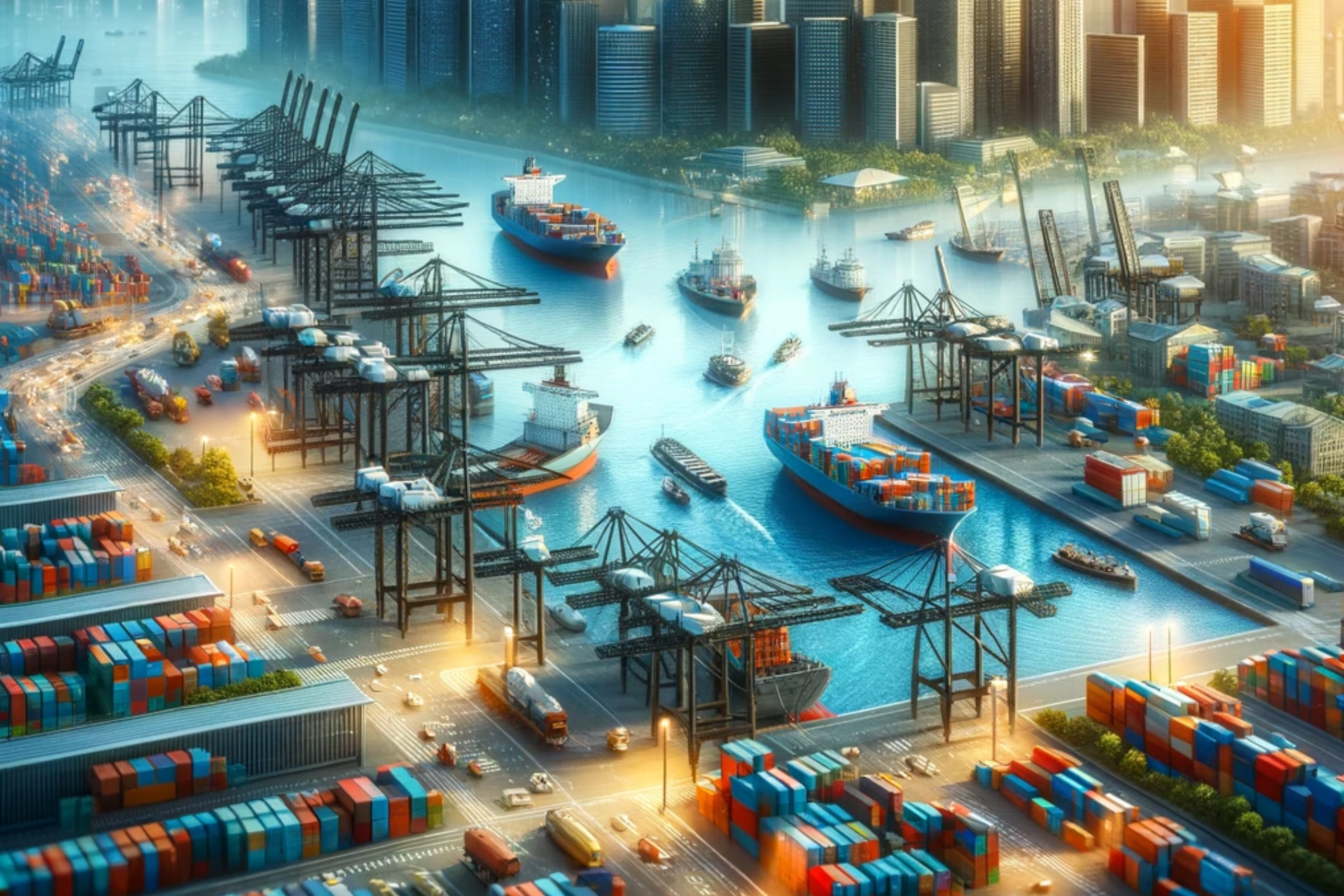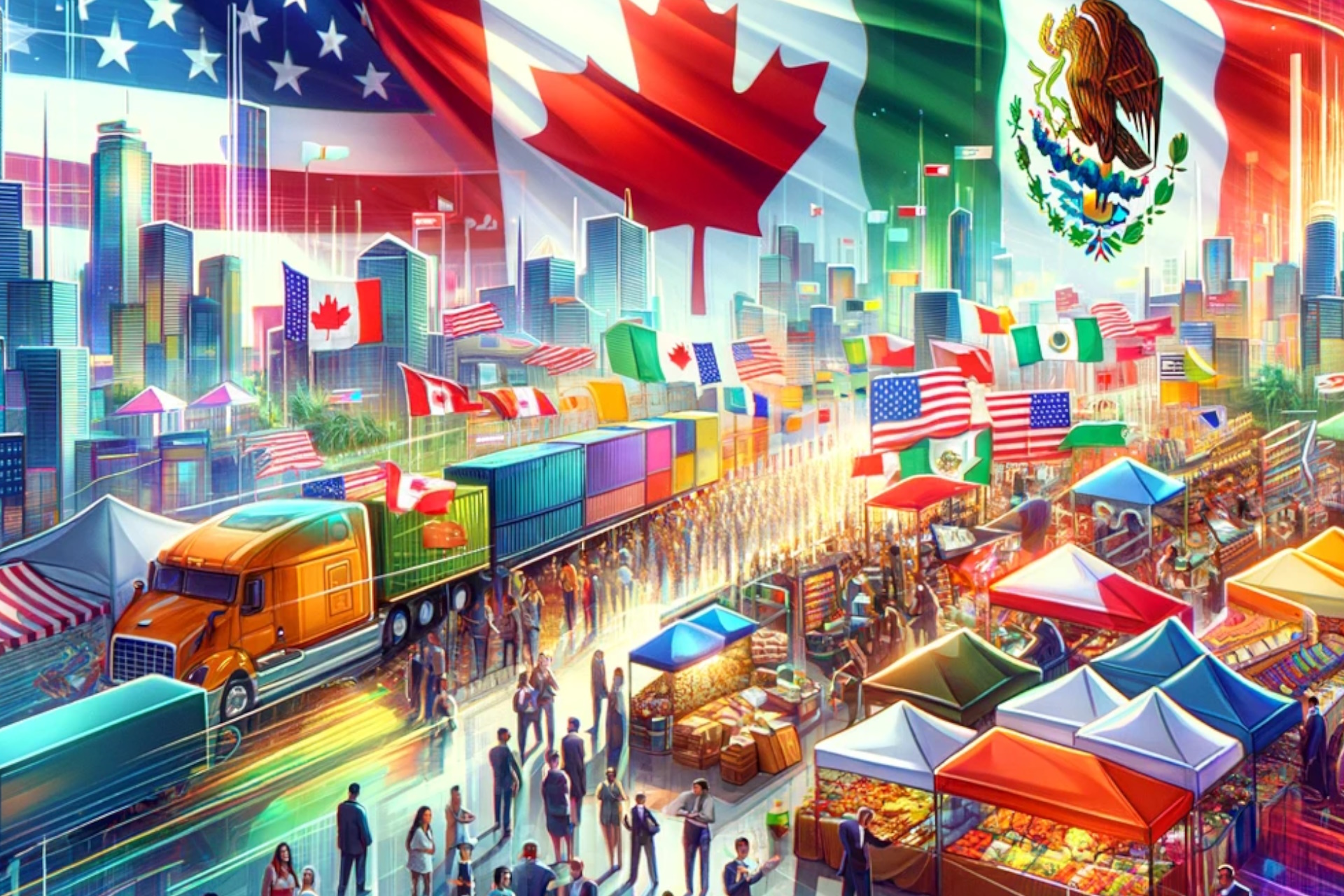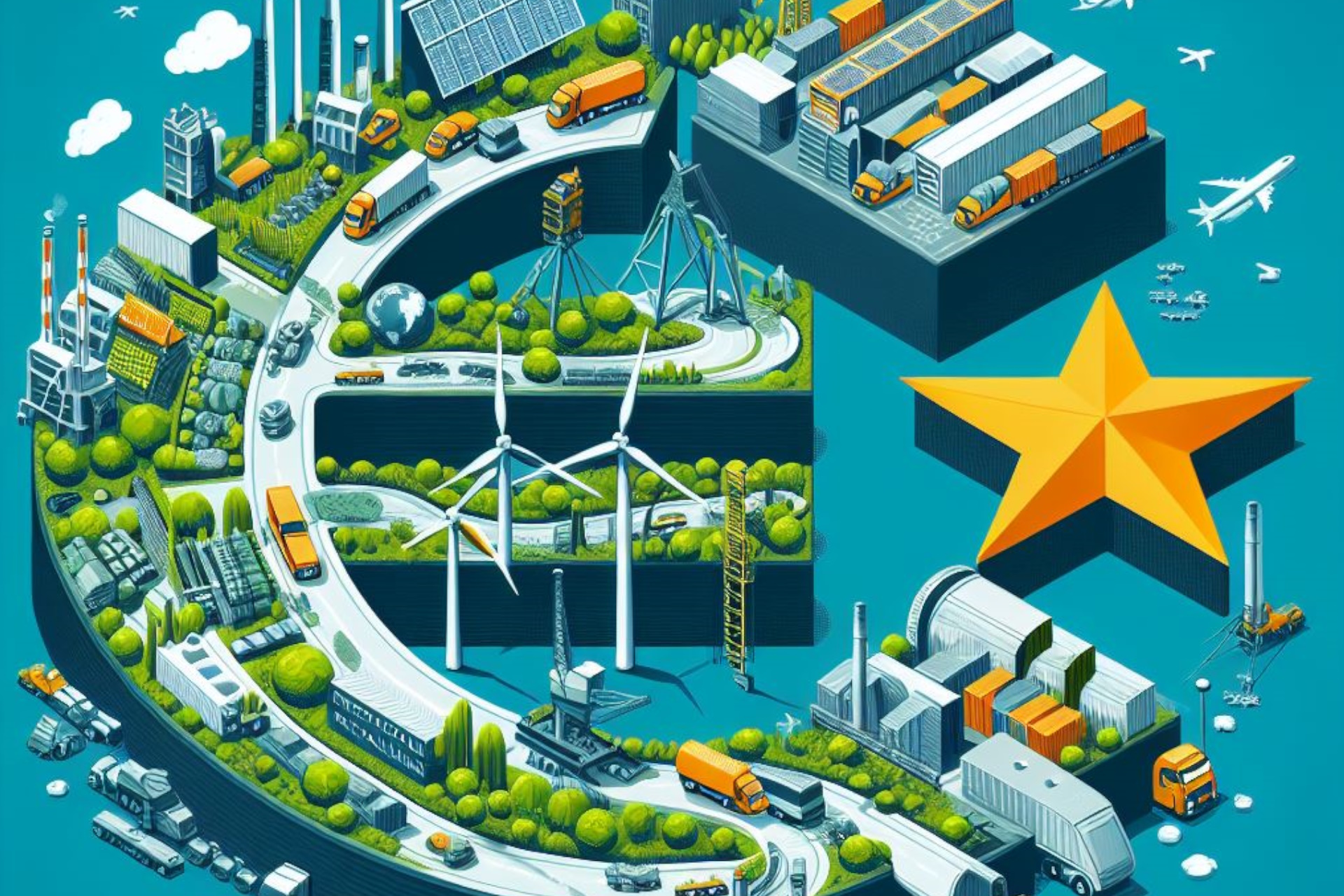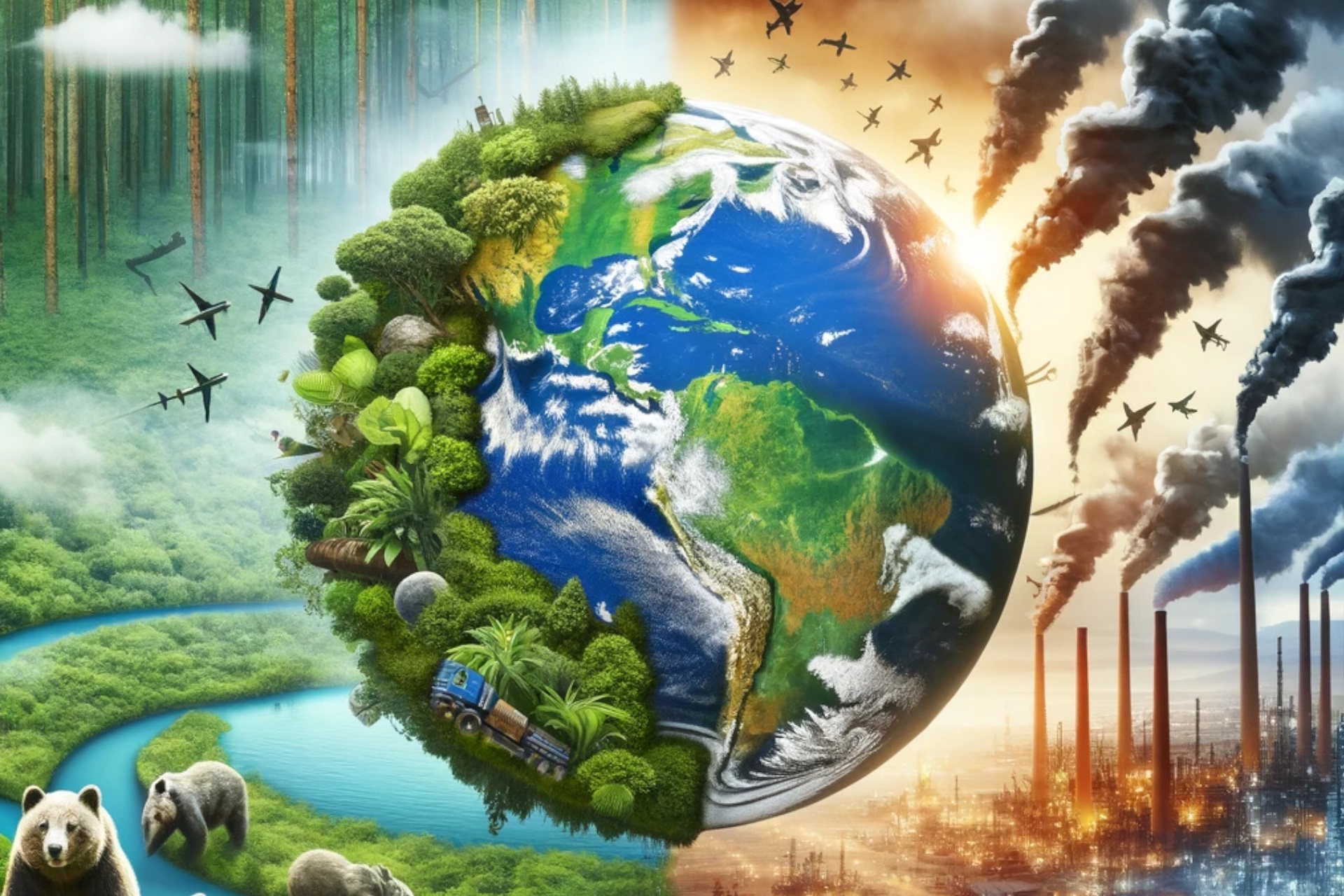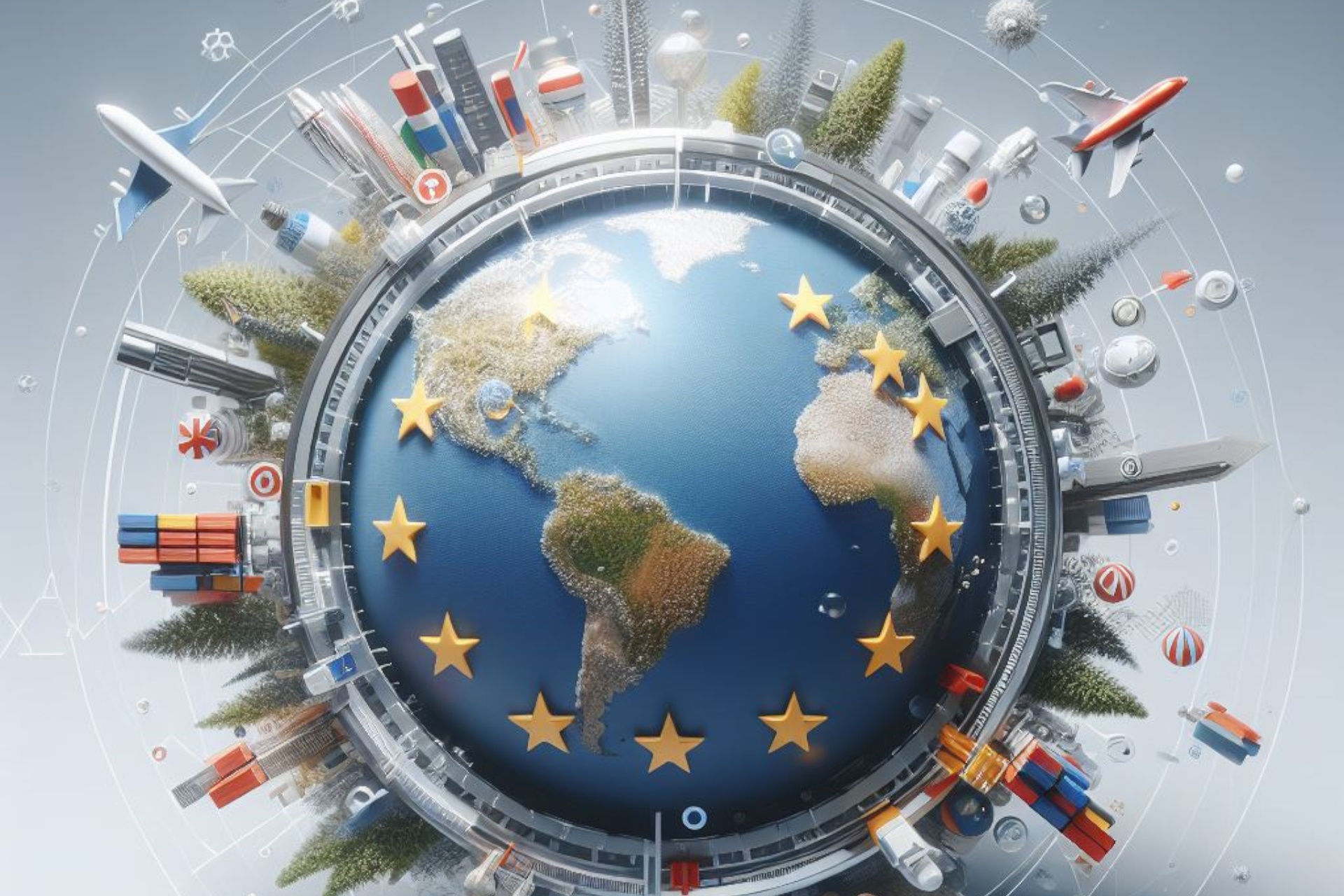In the intricate dance between commerce and conservation, the emergence of green trade signifies a promising step towards a sustainable future. By integrating environmental considerations into trade policies and practices, we can harness the power of commerce to drive economic growth while safeguarding our planet. As we navigate the complexities of this intersection, international cooperation and a commitment to sustainability will be paramount. Together, let us forge a path towards a greener, more prosperous world.
In the realm of global commerce, where goods traverse borders with ease, lies a crucial intersection – the meeting point of trade and environmental conservation. This juncture holds immense potential for both economic prosperity and environmental sustainability, yet it also presents challenges that demand innovative solutions and a reevaluation of traditional practices.
Trade, by its very nature, drives economic growth and development, facilitating the exchange of goods and services across nations. However, this exchange often comes at a cost to the environment, as industries prioritize profit margins over ecological preservation. The unchecked exploitation of natural resources, pollution from manufacturing processes, and the carbon footprint of transportation contribute to environmental degradation on a significant scale.
Recognizing this dilemma, the global community has increasingly emphasized the importance of integrating environmental considerations into trade policies and practices. Initiatives such as eco-labeling, carbon pricing mechanisms, and sustainable supply chain management have gained traction as means to mitigate the adverse environmental impacts of trade.
One notable example of this shift towards greener trade practices is the rise of renewable energy technologies in international markets. Countries are increasingly investing in solar, wind, and hydroelectric power, not only to reduce reliance on fossil fuels but also to meet the growing demand for clean energy. This transition towards renewable energy sources not only benefits the environment but also presents new opportunities for trade in green technologies and expertise.
Furthermore, the concept of "green trade" is gaining momentum, emphasizing the trade of environmentally friendly products and services. From organic produce to sustainably sourced timber, consumers are increasingly seeking out eco-friendly options, creating a demand that businesses are eager to fulfill. This trend presents an opportunity for countries to capitalize on their natural resources in a sustainable manner while promoting conservation efforts.
However, the intersection of trade and environmental conservation is not without its challenges. Disagreements over environmental standards and regulations, concerns about competitiveness, and the potential for "greenwashing" – the deceptive marketing of products as environmentally friendly – all pose obstacles to progress in this field. Addressing these challenges requires international cooperation, transparency, and a commitment to upholding environmental integrity.
In navigating this complex landscape, it is essential to strike a balance between economic interests and ecological imperatives. Trade policies must be crafted with the understanding that sustainable development is not only desirable but essential for long-term prosperity. By promoting trade that respects environmental limits and safeguards natural resources, we can create a future where commerce and conservation coexist harmoniously.
As we continue to explore the intersection of trade and environmental conservation, let us remember that our actions today will shape the world of tomorrow. By embracing sustainable trade practices, we can build a more resilient global economy while safeguarding the planet for future generations.
#GreenTrade #SustainableCommerce #EnvironmentalConservation #EcoFriendlyProducts #RenewableEnergy #GlobalTrade #Sustainability #GreenEconomy #TradePolicies #ConservationEfforts
Read more views



